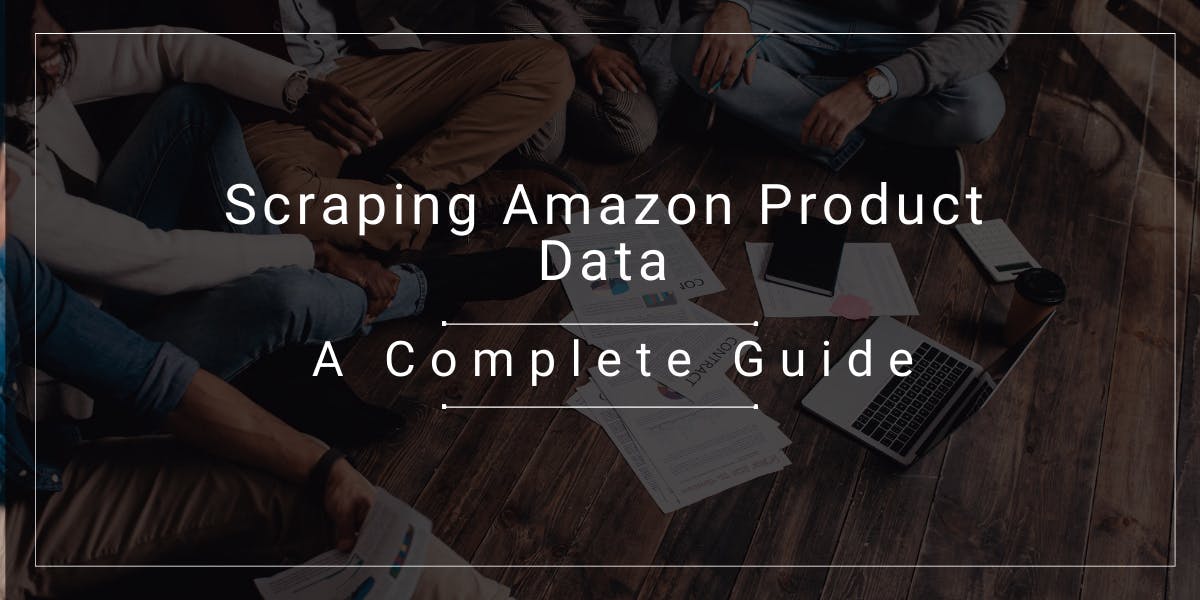How to Detect Bot Traffic?
Flipnode on Apr 12 2023
The term "bot" is commonly associated with negative connotations, but not all bots are harmful. The problem is that some good bots may share traits with malicious bots, leading to their misidentification and subsequent blocking.
As bad bots become increasingly sophisticated, it is challenging for other bots to avoid being blocked. This presents numerous challenges for website owners who strive to maintain optimal performance, as well as for the web scraping community
In this article, we will delve deeper into the topic of bot traffic, including how websites identify and prevent bot activity, and how it can impact businesses. Although we have already discussed what bots are, we will provide a more comprehensive examination of the subject.
What is bot traffic?
Bot traffic refers to any non-human traffic directed towards a website. Bots are software applications that run automated and repetitive tasks, significantly faster than what humans could achieve. This ability to perform tasks quickly makes bots both beneficial and detrimental to website owners and users. In 2020, malicious bad bots accounted for 24.1% of all bot traffic, marking an increase of 18.1% compared to the previous year. Conversely, the number of good bots dropped by 25.1% in the same period. The increase in bad bots and the decrease in good bots have forced website owners to strengthen their security, potentially causing more good bots to be mistakenly blocked.
To distinguish between good and bad bots, it's essential to understand their purposes.
Good bots, for instance, include:
- Search engine bots crawl, catalog, and index web pages, enabling search engines like Google to provide effective search results.
- Site monitoring bots check websites for possible issues like long loading times or downtimes, allowing owners to resolve them promptly.
- Web scraping bots collect publicly available data that can be used for research, brand monitoring, and other legitimate purposes.
On the other hand, bad bots perform malicious activities that harm website owners, users, or both, for example:
- Spam bots are designed to create fake accounts on forums, social media platforms, and messaging apps, among others, to generate more clicks or likes.
- DDoS attack bots aim to bring down websites by overwhelming them with requests, which can cause the website to crash.
- Ad fraud bots automatically click on ads, siphoning off money from advertising transactions.
In summary, good bots perform tasks that are beneficial to users and do not harm the Internet's integrity, while bad bots perform tasks that harm users or the Internet, making it essential for website owners to differentiate between the two.
How can bot traffic be identified?
Websites have become increasingly reliant on various techniques to identify and distinguish good bots from malicious ones. Here are several methods they commonly use:
- Browser fingerprinting involves collecting information about a user's computing device to identify it, such as operating system, language, plugins, fonts, and hardware. This data is passed on to the website's servers whenever a user visits a website. By analyzing this information, websites can determine if the user is a bot or not.
- Browser consistency checks whether specific features are present or absent in a browser. This can be done by executing certain JavaScript requests that help identify if the browser is behaving consistently with how a human would.
- Behavioral inconsistencies such as nonlinear mouse movements, rapid button and mouse clicks, repetitive patterns, average page time, average requests per page, and other similar bot-like behavior are also taken into account. Websites can use these to differentiate between a bot and a human.
- CAPTCHAs are another popular method used to prevent bot traffic. These are challenge-response tests that often require users to identify objects in pictures or enter correct codes. CAPTCHAs are designed to verify that the user is human, rather than an automated program.
Once a website has identified bot-like behavior, it will typically block them from further crawling. This is a necessary measure to ensure that the website's resources are not being misused and that users have the best possible experience on the site.
Bot detection challenges
The identification of bot traffic from human behavior online has become increasingly challenging as bots on the internet have evolved significantly over the years. There are now four distinct generations of bots that have emerged:
- The first-generation bots were built with basic scripting tools and performed basic automated tasks, such as scraping and spamming. They are relatively simple to detect as their behavior is usually very repetitive.
- Second-generation bots, known as "web crawlers," operate primarily through website development. They are generally easier to identify as they exhibit specific JavaScript firing and iframe tampering behaviors.
- Third-generation bots, however, are much more challenging to detect. They are often utilized for slow DDoS attacks, identity theft, and API abuse, among other nefarious activities. They are difficult to detect based on device and browser characteristics and require proper behavioral and interaction-based analysis to identify.
- Fourth-generation bots are the newest and most advanced iteration of bots. They are capable of performing human-like interactions, such as nonlinear mouse movements, which make them incredibly difficult to differentiate from legitimate human users. As a result, basic bot detection technologies are no longer sufficient to identify such bots, and more advanced methods, often involving AI and machine learning technologies, are required.
It is crucial to distinguish between good and bad bots, as well as legitimate human users, to ensure a positive user experience while maintaining website security. As the complexity and sophistication of bots continue to increase, it is essential for website owners to employ more advanced bot detection techniques to protect their sites from malicious activities.
Overcoming anti-bot measures
As bot detection techniques become more advanced, bot creators are also finding ways to overcome them. One common tactic is the use of proxies, which enable bots to hide their IP addresses and appear to be legitimate human users, making it more difficult to block them.
Another method is the use of botnets, which allow multiple bots to act as a group and work together to overcome anti-bot measures. Additionally, some bots use human emulation techniques, such as mimicking human behavior with mouse movements and keystrokes that are similar to how a human would interact with a website.
To overcome these techniques, website owners need to implement more advanced and sophisticated anti-bot measures. This requires a combination of technology, such as machine learning and AI, and human expertise in analyzing and interpreting data, to detect and differentiate between legitimate human users and bot traffic.
In case you require a comprehensive tutorial on navigating a website without triggering anti-bot measures, we've written an extensive guide: covering precisely that. Our blog post furnishes you with a set of measures to follow, ensuring you avoid being blacklisted while scraping and crawling websites.
Conclusion
It is anticipated that the volume of bad bot traffic will continue to rise every year, while the opportunity for good bots to avoid being mistaken for bad bots is diminishing. Many of these good bots are web scrapers that collect data for legitimate purposes, such as market research and identifying illegal ads. However, due to inaccurate detection methods, these good bots are sometimes misidentified as bad bots and blocked. Fortunately, there are solutions being developed that utilize artificial intelligence (AI) and machine learning (ML) technologies to prevent false bot blocks.



